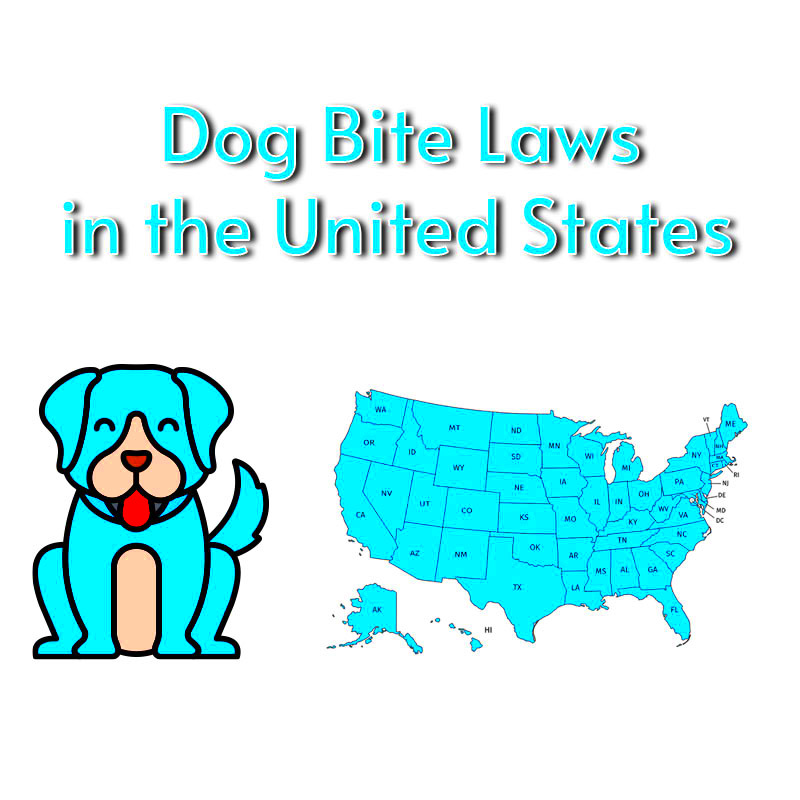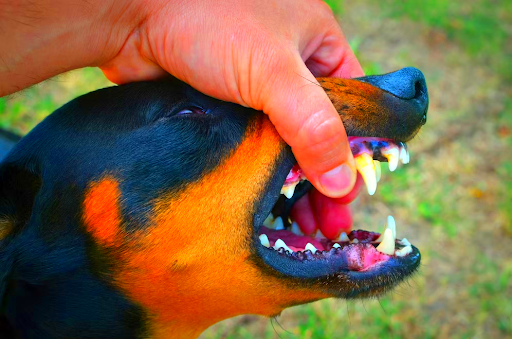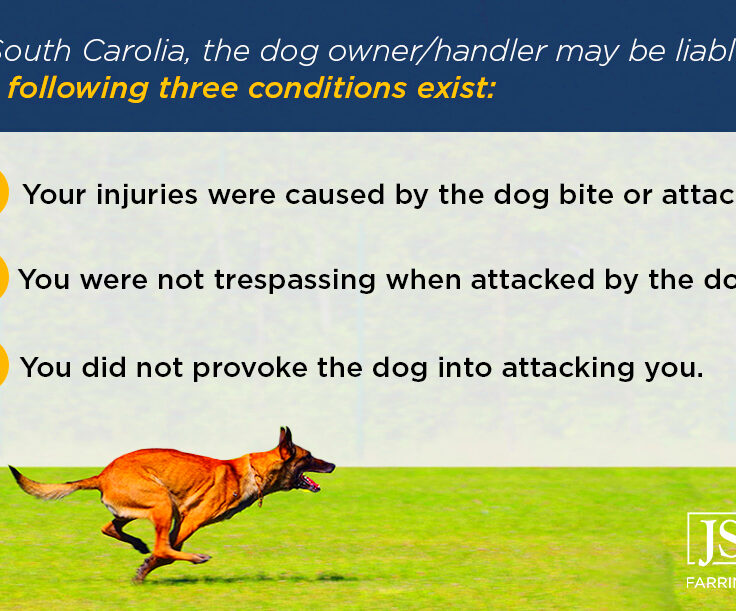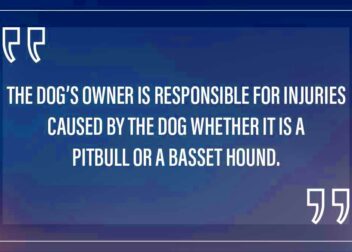Key Points of Minnesota’s Dog Bite Laws
Dog bites can lead to serious injuries, both physically and emotionally. In Minnesota, specific laws govern how these incidents are handled. Understanding these laws is crucial for both dog owners and victims. This blog post will explore the key points of Minnesota’s dog bite laws, including definitions, responsibilities, legal options, and more. Knowing your rights and responsibilities can help prevent issues and promote safe interactions between dogs and people.
Definition of Dog Bite in Minnesota

In Minnesota, a dog bite refers to any injury inflicted on a person by a dog. This can include bites, scratches, or even injuries caused by a dog jumping on someone. The law is designed to protect victims and hold dog owners accountable. Here are some key aspects of the definition:
- Physical Injury: Any injury caused by a dog, including puncture wounds and bruises.
- Emotional Distress: Victims may also suffer from anxiety or trauma due to a dog bite.
- Injury Location: The injury must occur in a public place or while the victim is lawfully on private property.
Owner’s Responsibility for Dog Bites

In Minnesota, dog owners have specific responsibilities to prevent bites and injuries. Understanding these responsibilities can help dog owners avoid legal issues. Here are the primary duties:
- Leash Laws: Dogs must be leashed in public areas unless in designated off-leash zones.
- Proper Training: Owners should ensure their dogs are well-trained and socialized to reduce aggressive behavior.
- Vaccination: Owners must keep their dogs vaccinated against rabies to protect public health.
- Secure Environment: Dog owners should have secure fencing or enclosures to prevent their dogs from escaping and causing harm.
Failure to adhere to these responsibilities can result in legal consequences, including financial liability for injuries caused by their dogs. It’s essential for dog owners to be proactive in ensuring their pets do not pose a threat to others.
Types of Dog Bite Cases in Minnesota

In Minnesota, dog bite cases can vary widely based on the circumstances surrounding the incident. Understanding the different types can help victims know what to expect legally and how to pursue their claims. Here are the main types of dog bite cases:
- Unprovoked Attacks: These cases involve dogs that bite without any warning or provocation. Victims often have strong claims in these situations, as the owner is typically held responsible.
- Provoked Attacks: If the victim provoked the dog—like teasing or attempting to pet a dog that is showing signs of aggression—the owner may not be held liable.
- Leash Law Violations: If a dog bites someone while off-leash in a public area where leashes are required, the owner could face legal action for not adhering to leash laws.
- Injuries to Postal Workers: Special laws in Minnesota protect postal workers and other delivery personnel. If they are bitten while performing their duties, the liability often falls on the dog owner.
- Injuries to Children: Cases involving children can be particularly sensitive. Due to their vulnerability, the law often considers children’s injuries more seriously, making the owner liable for damages.
By understanding these types of cases, both dog owners and victims can navigate the legal landscape more effectively.
Legal Options for Victims of Dog Bites
If you’ve been bitten by a dog in Minnesota, you have several legal options available to you. It’s essential to know these options to seek justice and compensation for your injuries. Here are some of the primary legal routes victims can pursue:
- Negligence Claims: Victims can file a negligence claim against the dog owner, proving that the owner failed to control their dog, leading to the bite.
- Strict Liability: Minnesota follows a strict liability rule for dog bites. This means that if a dog bites someone, the owner is automatically liable for injuries, regardless of the dog’s history or the owner’s precautions.
- Insurance Claims: Many dog owners have liability insurance that covers dog bites. Victims can file a claim with the owner’s insurance company for compensation.
- Settlement Negotiations: Victims may also negotiate a settlement directly with the dog owner or their insurance company to avoid lengthy court battles.
- Lawsuits: If negotiations fail, victims can file a lawsuit to seek damages in court. It’s advisable to consult with a lawyer before taking this step.
Understanding these legal options can empower victims to make informed decisions about their cases.
Compensation for Dog Bite Injuries
When it comes to dog bite injuries, compensation can vary based on several factors, including the severity of the injuries, medical expenses, and emotional trauma. In Minnesota, victims may seek compensation for the following:
- Medical Expenses: This includes costs for immediate treatment, surgeries, therapy, and any future medical needs related to the injury.
- Lost Wages: If the injuries prevent you from working, you can claim compensation for lost income during recovery.
- Pain and Suffering: Victims can also seek compensation for the physical pain and emotional distress caused by the attack.
- Rehabilitation Costs: If rehabilitation or therapy is needed to recover fully, these expenses can also be included in the claim.
- Property Damage: If personal items were damaged during the attack, victims can seek compensation for those as well.
It’s important to gather evidence and document all related expenses to strengthen your claim. Working with a legal professional can help you navigate the compensation process effectively.
Statute of Limitations for Dog Bite Claims
When it comes to filing a dog bite claim in Minnesota, timing is crucial. The statute of limitations defines the time frame in which you can take legal action. In Minnesota, the statute of limitations for personal injury claims, including dog bites, is typically two years from the date of the incident. Here’s what you need to know:
- Understanding the Time Frame: You have two years from the date of the dog bite to file a claim. If you miss this deadline, you may lose your right to seek compensation.
- Exceptions: Certain circumstances can extend this time frame. For example, if the victim is a minor, the clock may not start until they turn 18.
- Importance of Early Action: It’s advisable to act quickly after a dog bite. Gathering evidence, seeking medical treatment, and consulting a lawyer early on can strengthen your case.
- Legal Consultation: If you’re unsure about the timing of your claim, consulting with a legal professional can provide clarity on your specific situation.
Understanding the statute of limitations is vital for any victim seeking justice and compensation for their injuries.
Frequently Asked Questions about Dog Bite Laws
Many people have questions about dog bite laws in Minnesota. Here are some common inquiries that can help clarify the legal landscape:
- What should I do immediately after a dog bite? Seek medical attention, document the incident, and gather information about the dog and its owner.
- Can I sue if the dog was on a leash? Yes, if the dog bites you, the owner can still be liable, depending on the circumstances of the attack.
- Are dog owners always responsible for bites? Not always. If the victim provoked the dog, the owner may not be held liable.
- What if the dog has no history of aggression? In Minnesota, the owner can still be liable under strict liability laws, regardless of the dog’s past behavior.
- How can I prove my claim? Evidence such as medical records, photographs of injuries, witness statements, and any police reports can help substantiate your case.
Being informed about these questions can help victims feel more prepared and empowered as they navigate the legal process.
Conclusion on Minnesota’s Dog Bite Laws
Understanding Minnesota’s dog bite laws is essential for both dog owners and victims. These laws are designed to protect individuals from harmful dog behavior while holding owners accountable for their pets. Key aspects include the definition of dog bites, the responsibilities of owners, the types of cases that can arise, and the legal options available to victims.
It’s important for victims to act swiftly within the statute of limitations and gather necessary evidence to support their claims. With the right knowledge and legal support, victims can pursue justice and compensation for their injuries. Whether you are a dog owner or a victim, being aware of these laws can help foster safer interactions and promote responsible pet ownership in Minnesota.


